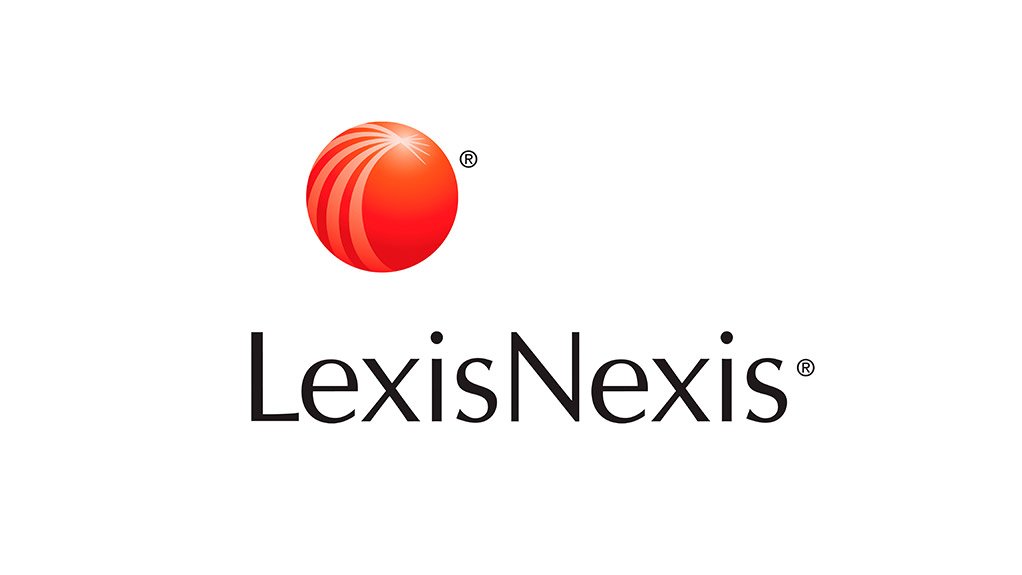It is a mandatory, strict requirement for directors to apply a set solvency and liquidity test to the companies in their control when making certain decisions. This is prescribed by the Companies Act 71 of 2008 (the Act).
Why is it referred to as a 'strict requirement' and why are banks, lawyers and company directors so cautious to ensure the test is applied whenever required by the Act? The answer, is that board decisions taken without applying the test when required are void and directors failing to apply it with due care are open to personal liability for any resulting losses incurred by the company.
The Act does not set out a clear list of instances when the test must be applied but rather includes it in various sections which could apply in many different situations. Two examples are provided below.
Example 1 – Security for loan
Companies P and T are in the same group of companies. Company P wishes to borrow money from a bank and the bank requires Company T to provide a guarantee as security for the loan.
In this case, the board of Company T must apply the solvency and liquidity test before providing the guarantee.
The board of Company T must apply the solvency and liquidity test before providing security for a loan by the bank to related company P.
Example 2 – Share incentive schemes
The shareholders of a company want to incentivise a few top managers of the company's business by issuing to them a number of shares in the company. The managers don't have sufficient funds of their own to buy the shares, so it is agreed that the company will provide the initial funding for the share issue.
In this case, the board of the company must apply the solvency and liquidity test before providing the funding for the share issue.
The two part test
The solvency and liquidity test is a two part test, requiring directors to consider a proposed transaction and answer two questions "yes", before voting in favour of the company going ahead with it:
- Will the assets of the company exceed its liabilities after the transaction?
- Will the company be able to pay its debts in the ordinary course for 12 months after the transaction?
Given the detailed definitions in the Act, which are relevant to the test, its application in a number of circumstances can be more nuanced and complex than what is portrayed here.
For instance, the Act defines a 'group of companies' as a holding company and its subsidiaries. The 'holding company' and 'subsidiaries' are themselves specifically defined. In Example 1 above, careful scrutiny may be required to determine whether P and T fall within the same group of companies. The answer is not always obvious in company groups, where there are multiple holding companies, not necessarily wholly-owned within the group, but lie between the 'head' or 'parent' company and the ultimate subsidiaries, P and T.
Business context
Operating in a challenging economic environment adds to the importance of ensuring transactions are properly authorised and related procedures followed.
In respect of issues around liquidity and solvency, according to the CIPC Strategic Plan for the Portfolio Committee on Trade and Industry, dated 14 April 2015, over 300 companies applied for business rescue proceedings within the last financial year.
The main reasons identified by these companies for being in financial distress included creditor pressure (36%), profitability problems (20%) and management capabilities (13%).
Companies placed in business rescue obviously have liquidity problems. It is possible that parties with an interest in these proceedings will seek to scrutinise whether directors have complied with their obligation to apply the solvency and liquidity test when required.
LexisNexis together with Cox Yeats Attorneys offers comprehensive guidance on the solvency and liquidity test and its application in the form of guidance notes, checklists and resolution precedents, in the online publication Practical Guidance: Corporate Governance.
This and other updated information on Corporate Governance is available at LexisNexis Practical Guidance. This web based on-line solution provides practical, up-to-date guidance for all immigration needs and provides useful templates and other practical aids and resources to assist in making informed and accurate decisions. The solution gives users online access to guidance material, expert commentary, checklists, legislation, case law, step-by-step processes, document precedents and other external content that is relevant to law.
For more information, click here
Written by Simon Watson and Keren Watson, Cox Yeats
EMAIL THIS ARTICLE SAVE THIS ARTICLE
To subscribe email subscriptions@creamermedia.co.za or click here
To advertise email advertising@creamermedia.co.za or click here











